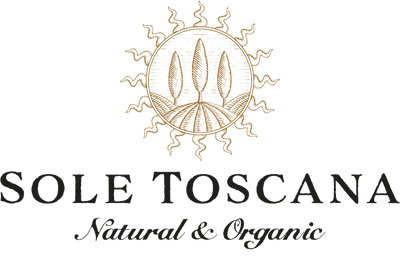Various cultures have honored turmeric (also known as Curcuma longa) for centuries as both medicine and food. The popularity of alternative health and holistic nutrition has boosted its demand even further.
How it grows
The plant grows to approximately three feet in height and produces both a flower and a horizontal stem that grows underground. India is currently the largest producer plus other countries like Pakistan, Jamaica, Peru, China, Taiwan, and Thailand.
Health benefits
The compound curcumin found in turmeric gives this spice the following health benefits:
• Regulates blood sugar
• Enhances detoxification
• Reduces internal inflammation
• Promotes skin health
• Boosts brain function
• Balances cholesterol
Turmeric's rich history
Indian culture valued turmeric for thousands of years, and it still plays an outstanding role in the country's Hindu traditional rituals, cuisines, and Ayurvedic medicines. No other spice is so diverse in its use.
Indian textiles also make use of turmeric. The robes of the Hindu monks featured a natural yellow dye made from this spice.
Everyday uses
Numerous Indian dishes have turmeric, but did you know that it's a coloring agent in butter, American cheese, prepared mustard, yellow cake mix, pickles, popcorn, and other products?
Here's how you can use the spice in other dishes:
- Create a refreshing turmeric-honey lemonade
- Use golden milk (milk + turmeric mixture) to liven up your breakfast oatmeal.
- Use it to enrich your green juices and smoothies.
- Add a pinch to your salad dressing.
- Boost your bone broth with a dash of turmeric.
- Spice up your grains
- Include it in your marinades
- Sprinkle on roasted vegetables for a splash of color

Used in rituals
Indian wedding traditions feature several rituals that esteem the spice. In one ceremony, the groom ties a string is dyed yellow with turmeric paste around the bride's neck. This necklace is called a Mangal Sutra and indicates that the woman is now married.
THE HALDI CEREMONY
Another ritual that uses this spice is a pre-wedding celebration called the Haldi ceremony. This ceremony typically occurs the day before or on the morning of the wedding. Close family and friends congregate at the homes of both the groom and bride.
UPTAN PASTE
A unique paste called Uptan (or Ubtan) is made using turmeric powder, Bengal Gram flour, sandalwood powder, and rosewater. Sometimes they include milk or yogurt too.
The gathered loved ones apply the paste on the bride-to-be and groom's neck, hands, face, arms, legs, and feet. The couple also smears some paste on their unmarried siblings and friends.
Just like the throwing of the bride's bouquet, belief has it that whoever gets touched by this sacred paste will soon find their beloved.
The meaning behind the ceremony
There are various important reasons for the Haldi ceremony:
- The application of turmeric wards off evil spirits and protects the couple from any bad omens. For this same reason, the bride and groom aren't allowed to leave their home until the actual wedding ceremony.
- In Indian culture, yellow is sacred, as the Sun energy signifies the purification of the heart and body. It reminds the bride of the goddess within her. Also, when the couple rinses off the paste, this is a symbolic cleansing of the past and marks the start of a new life together.
- Ancient texts (and also modern studies) state that this spice has potent antioxidant, antiseptic and anti-inflammatory properties that cleanse the body. Also, the turmeric paste removes the dead skin cells and reveals the youthful and rejuvenated skin.
- Turmeric is a symbol of good tidings for the couple to live long and prosper. In Hindu customs, the married ladies of the house apply the paste on the couple and bless them with good health, a long and strong relationship, and many children.
- The active compound curcumin naturally relieves anxiety and headaches. The bride and groom can relax before the big day.
Here is a simple Uptan recipe for you to try.
The Uptan:
This recipe makes a generous amount for the bride or groom.
INGREDIENTS
• ⅓ cup turmeric powder
• ⅓ cup sandalwood powder
• 1 cup Gram flour (also known as besan)
• 1 ½ cups or more rosewater
METHOD
Mix all the ingredients thoroughly until you obtain a smooth paste. Adjust the amount of rosewater depending on the thickness you desire.
NOTE: You can make the paste 1-2 hours before use. Cover it to ensure it does not dry up (if it does, add a bit more rosewater). Wash it off within 15-20 minutes after applying to the body, or else your skin will stain.
CAUTION:
Turmeric leaves its yellow color on every dish that you add it to. To avoid this, add just enough to see it but not taste it.
With love,
The Sole Toscana Beauty Team


